Home>Renovation & DIY>Tools & Equipment>What Does Sandpaper Feel Like
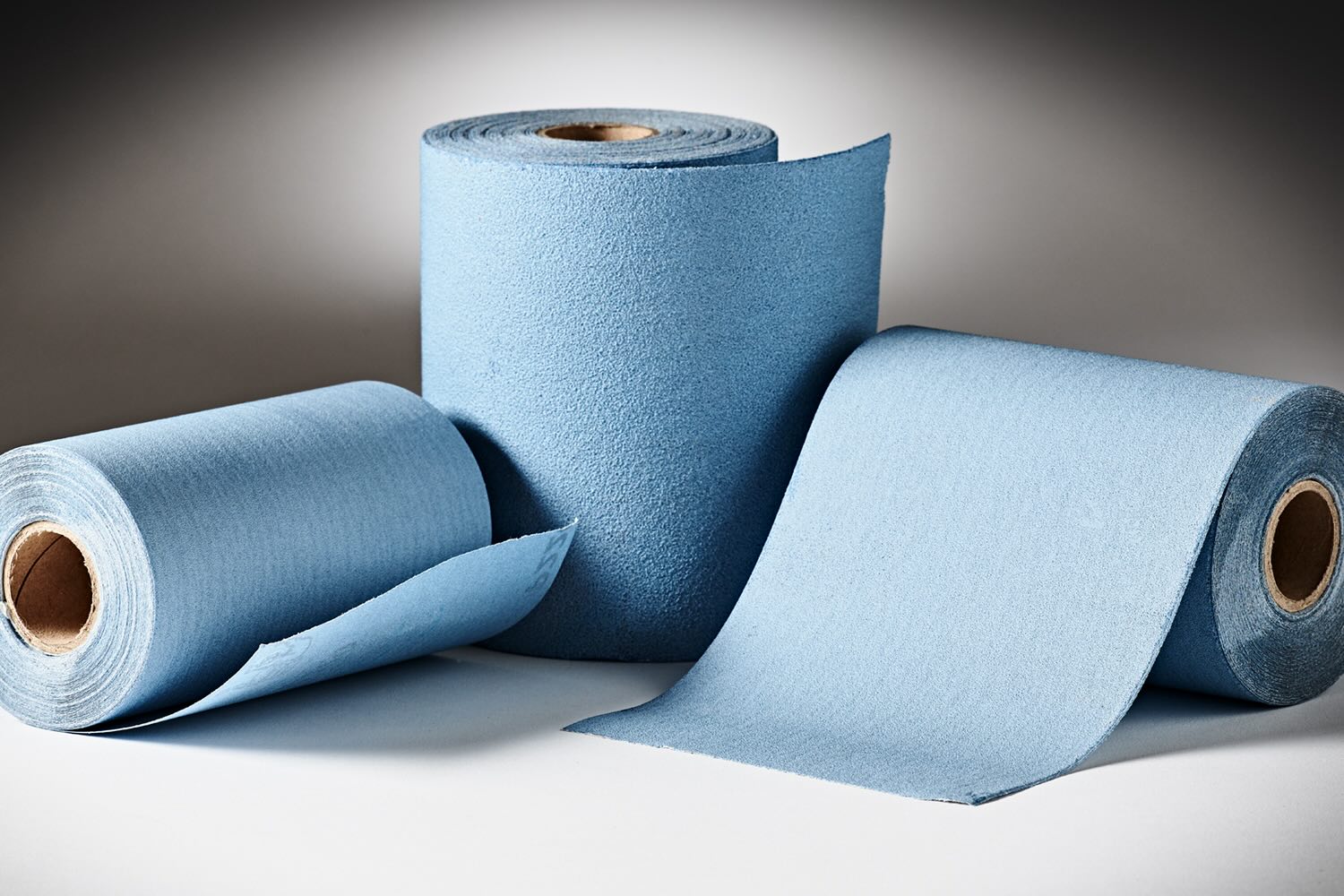

Tools & Equipment
What Does Sandpaper Feel Like
Modified: March 23, 2024
Discover the tactile sensation of sandpaper and its impact on your tools and equipment. Learn how sandpaper feels and its practical applications. Explore more at [Your Website Name].
(Many of the links in this article redirect to a specific reviewed product. Your purchase of these products through affiliate links helps to generate commission for Storables.com, at no extra cost. Learn more)
Introduction
Welcome to the world of sandpaper, where the tactile sensation of abrasive materials meets the art of refining surfaces. Sandpaper is a humble yet essential tool that has been a cornerstone of woodworking, metalworking, and various DIY projects for centuries. The sensation of sandpaper against your fingertips can be surprisingly diverse, offering a range of textures that correspond to different grit levels and materials being worked on. In this article, we’ll explore the intriguing question: What does sandpaper feel like?
As we delve into the world of sandpaper, we’ll uncover the various textures, grits, and the unique sensations they offer. Whether you’re a seasoned craftsman or someone new to the world of sanding, understanding the tactile nuances of sandpaper can enhance your work and appreciation for this indispensable tool.
So, let’s embark on this sensory journey to unravel the tactile secrets of sandpaper and gain a deeper understanding of its versatile nature.
Key Takeaways:
- Sandpaper feels rough and gritty with coarse grit, smooth and balanced with medium grit, and velvety-smooth with fine grit. It guides craftsmen in refining surfaces with precision and finesse.
- The tactile sensation of sandpaper varies based on the material being worked on, offering unique interactions for wood, metal, plastic, and drywall. It serves as a sensory compass for achieving tailored surface finishes.
Read more: What Does A Latex Mattress Feel Like
What is Sandpaper?
Sandpaper is a versatile abrasive tool that consists of a heavy-duty paper or cloth backing coated with abrasive particles such as aluminum oxide, silicon carbide, or garnet. These abrasive particles are bonded to the backing using adhesives and are available in various grit sizes, ranging from coarse to fine. The grit size determines the coarseness or fineness of the sandpaper, affecting its abrasive power and the texture it imparts to the surface being worked on.
One of the defining characteristics of sandpaper is its adaptability to different materials and surfaces. From wood and metal to plastic and drywall, sandpaper serves as a universal abrasive tool for smoothing, shaping, and refining various surfaces. Its versatility makes it an indispensable asset in woodworking, metalworking, automotive refinishing, and countless DIY projects.
Furthermore, sandpaper comes in different forms, including sheets, rolls, discs, and belts, each tailored to specific applications. Whether it’s hand sanding or power sanding with a sander or sanding block, the tactile experience of using sandpaper varies based on the application method and the material being worked on.
Understanding the composition and versatility of sandpaper sets the stage for exploring its tactile qualities and the unique sensations it offers when in use. Now, let’s delve into the intriguing textures of sandpaper and how they translate into the sensory experience of using this indispensable tool.
The Texture of Sandpaper
The texture of sandpaper is a fundamental aspect that defines its tactile experience. When you run your fingers across sandpaper, the sensation can range from rough and gritty to smooth and refined, depending on the grit size and the material being worked on.
Coarse-grit sandpaper, such as 40 to 60 grit, feels rough and abrasive to the touch. The abrasive particles protrude prominently from the backing, creating a gritty texture that is ideal for heavy material removal and shaping rough surfaces. Running your fingertips over coarse-grit sandpaper evokes a sensation akin to traversing a rocky terrain, with the abrasive particles imparting a distinct tactile feedback.
As the grit size becomes finer, the texture of the sandpaper transitions to a smoother and more refined feel. Medium-grit sandpaper, ranging from 80 to 120 grit, offers a balanced texture that combines abrasiveness with a degree of smoothness. The tactile sensation of medium-grit sandpaper is akin to traversing a moderately textured surface, where the abrasive particles are less pronounced, resulting in a more controlled and nuanced tactile experience.
When it comes to fine-grit sandpaper, such as 150 to 240 grit, the texture becomes notably smoother, resembling the feel of a finely textured surface. The abrasive particles are finer and more densely distributed, imparting a refined tactile sensation that is conducive to achieving smooth and polished surfaces.
Additionally, the backing material of the sandpaper, whether it’s paper or cloth, influences the overall texture. Paper-backed sandpaper tends to offer a crisper and firmer texture, while cloth-backed sandpaper provides a more flexible and pliable feel, catering to different preferences and applications.
Understanding the texture of sandpaper is pivotal in selecting the right abrasive for a given task and achieving the desired surface finish. The tactile feedback of sandpaper not only guides the sanding process but also adds a sensory dimension to the act of refining surfaces, making it an engaging and immersive experience for craftsmen and DIY enthusiasts alike.
When using sandpaper, it feels rough and gritty due to the abrasive particles on its surface. It is used to smooth and shape wood and other materials.
Different Grits and Their Feel
The feel of sandpaper varies significantly across different grit sizes, reflecting the diverse tactile experiences associated with each grit level. Understanding the distinct sensations offered by various grits is essential for selecting the right abrasive for a specific task and achieving the desired surface finish.
Coarse-grit sandpaper, typically ranging from 40 to 60 grit, offers a rugged and aggressive feel. Running your fingers across coarse-grit sandpaper elicits a gritty and abrasive sensation, akin to encountering rough terrain. The pronounced abrasive particles deliver a tactile feedback that is indicative of the material removal and shaping capabilities of coarse-grit abrasives.
Medium-grit sandpaper, spanning from 80 to 120 grit, presents a balanced feel that combines abrasiveness with a degree of smoothness. The tactile experience of medium-grit sandpaper is characterized by a moderated texture, where the abrasive particles offer controlled aggression while imparting a smoother sensation compared to coarse-grit abrasives.
Transitioning to fine-grit sandpaper, typically ranging from 150 to 240 grit, introduces a notably smoother feel. The fine and densely distributed abrasive particles create a refined tactile sensation, resembling the smoothness of a finely textured surface. The feel of fine-grit sandpaper signifies its ability to achieve polished finishes and meticulous surface refinement.
As the grit size progresses to very fine levels, such as 320 grit and above, the feel of the sandpaper becomes increasingly smooth and refined. The abrasive particles are finer and more closely spaced, resulting in a tactile experience that embodies precision and finesse. Very fine-grit sandpaper offers a velvety-smooth feel, indicative of its capacity to deliver exceptionally polished and flawless surfaces.
Moreover, the feel of sandpaper is influenced by the material being worked on, with different surfaces interacting uniquely with the abrasive texture. Wood, metal, plastic, and drywall each exhibit distinct responses to the tactile qualities of sandpaper, further enriching the sensory experience of sanding across diverse materials.
By discerning the tactile nuances associated with different grits, craftsmen and DIY enthusiasts can leverage the tactile feedback of sandpaper to refine surfaces with precision and finesse, ensuring that the chosen abrasive aligns with the desired texture and finish.
How Sandpaper Feels on Different Materials
The tactile experience of using sandpaper varies across different materials, with each surface offering unique interactions that influence the sensory feedback and the effectiveness of the sanding process. Understanding how sandpaper feels on various materials provides valuable insights into achieving optimal results and refining surfaces with precision.
Wood, a popular material in woodworking and carpentry, exhibits a distinct tactile response to sandpaper. When sanding wood, the texture of the surface plays a pivotal role in shaping the tactile experience. Coarse-grit sandpaper feels assertive and abrasive against raw or rough-cut wood, providing substantial material removal and shaping capabilities. As the sanding process progresses to finer grits, the feel becomes progressively smoother, culminating in a refined and polished sensation that signifies the attainment of a smooth wood surface.
In metalworking, the tactile feedback of sandpaper on metal surfaces reflects the material’s hardness and the effectiveness of the abrasive in smoothing and refining metal. Coarse-grit sandpaper feels robust and aggressive against metal, addressing imperfections and irregularities with a tactile feedback that signifies substantial material removal. As the grit size advances to finer levels, the feel becomes smoother and more refined, indicating the gradual transformation of the metal surface into a polished and meticulously finished state.
Plastic surfaces present a unique tactile interaction with sandpaper, with the material’s composition and texture influencing the sanding experience. Coarse-grit sandpaper feels assertive and effective in addressing imperfections and irregularities on plastic, offering a tactile feedback that aligns with the material’s responsiveness to abrasive textures. As the sanding process progresses to finer grits, the feel becomes smoother and more refined, reflecting the gradual enhancement of the plastic surface’s texture and finish.
When sanding drywall, the tactile sensation of sandpaper reflects the material’s composition and the desired surface finish. Coarse-grit sandpaper feels gritty and effective in addressing rough patches and imperfections on drywall, providing a tactile feedback that signifies substantial material removal. Finer grits introduce a smoother and more refined feel, indicating the gradual attainment of a smooth and flawless surface ready for finishing treatments.
By recognizing the diverse tactile responses of different materials to sandpaper, craftsmen and DIY enthusiasts can adapt their sanding techniques and abrasive selection to achieve optimal results. The tactile feedback of sandpaper serves as a guiding sensory indicator, facilitating the precise refinement of surfaces across various materials and applications.
Read more: How To Fix Sandpaper Feel In Hot Tub?
Conclusion
Exploring the tactile world of sandpaper unveils a rich tapestry of textures, grits, and sensory experiences that define the art of surface refinement. The journey of running your fingertips across sandpaper encompasses a diverse range of tactile sensations, from the rugged aggression of coarse-grit abrasives to the velvety smoothness of very fine-grit iterations. Understanding the tactile nuances of sandpaper not only enriches the sensory dimension of sanding but also empowers craftsmen and DIY enthusiasts to refine surfaces with precision and finesse.
The texture of sandpaper, influenced by the grit size and backing material, offers a tactile language that communicates the abrasive power and refinement potential of each abrasive iteration. Coarse-grit sandpaper feels assertive and aggressive, signaling substantial material removal and shaping capabilities, while fine-grit abrasives impart a smoother and more refined sensation indicative of meticulous surface refinement.
Furthermore, the interaction of sandpaper with different materials adds depth to the tactile experience, with wood, metal, plastic, and drywall each contributing unique sensory responses that guide the sanding process. The tactile feedback of sandpaper serves as a sensory compass, guiding craftsmen in navigating the textural intricacies of diverse materials and achieving tailored surface finishes.
Ultimately, the tactile journey of sandpaper transcends the act of sanding, evolving into an immersive and engaging sensory experience that aligns craftsmanship with sensory perception. The feel of sandpaper against your fingertips becomes a conduit for precision, a tactile roadmap for surface refinement, and a testament to the artistry of working with abrasive materials.
As you embark on your next sanding endeavor, may the tactile allure of sandpaper enrich your craft, guide your hands, and unveil the intricate textures of the surfaces you refine, transforming each tactile encounter into a testament of craftsmanship and sensory immersion.
Frequently Asked Questions about What Does Sandpaper Feel Like
Was this page helpful?
At Storables.com, we guarantee accurate and reliable information. Our content, validated by Expert Board Contributors, is crafted following stringent Editorial Policies. We're committed to providing you with well-researched, expert-backed insights for all your informational needs.
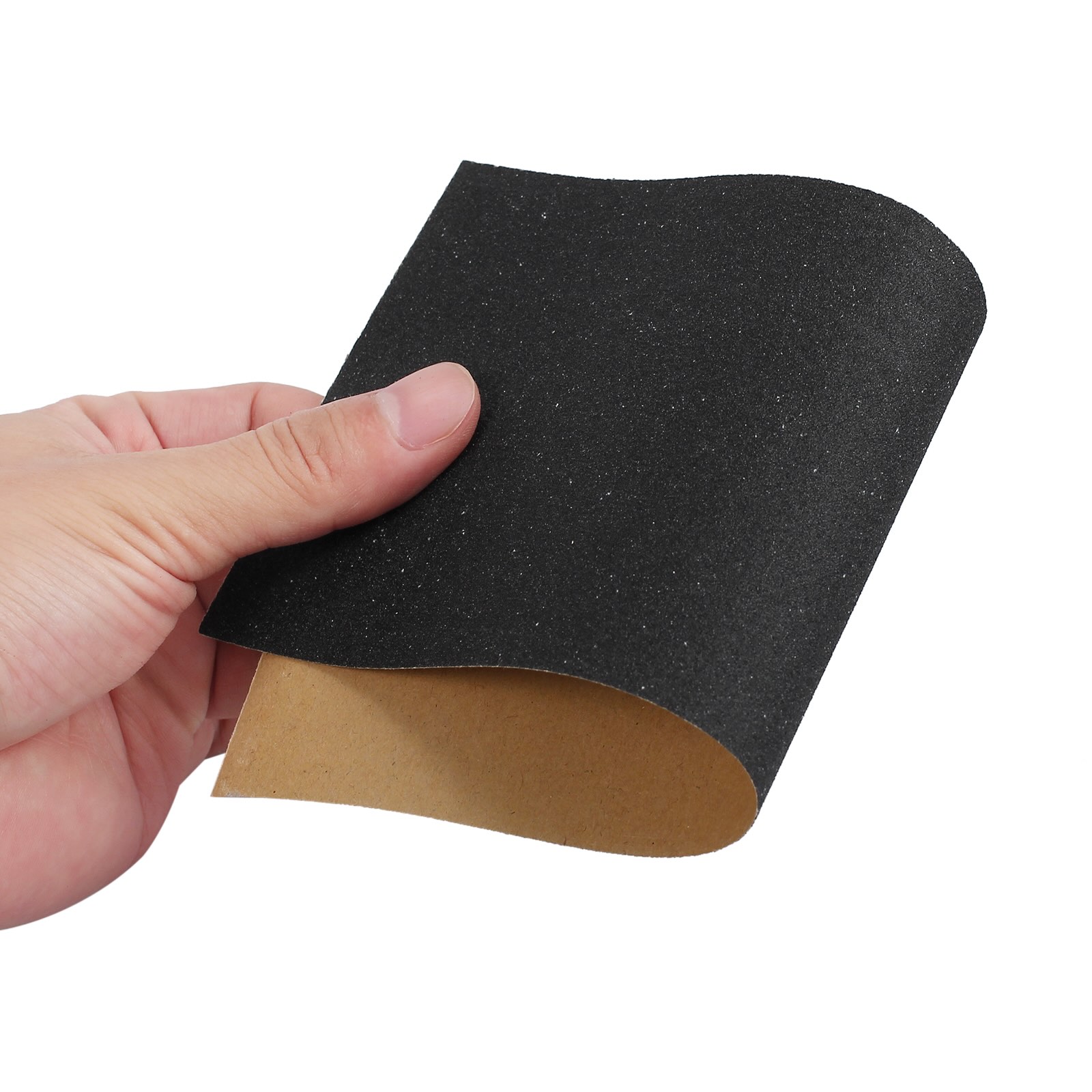

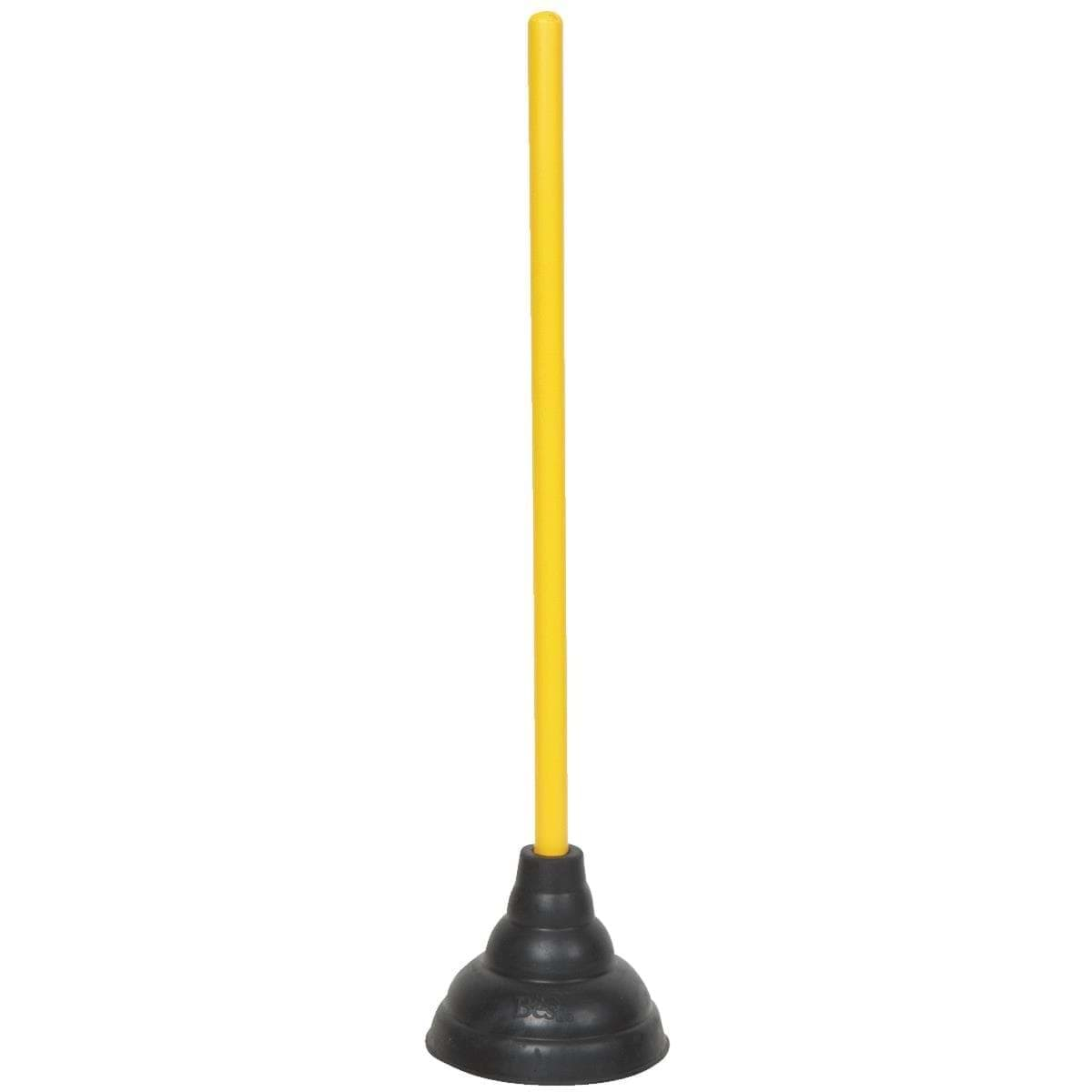



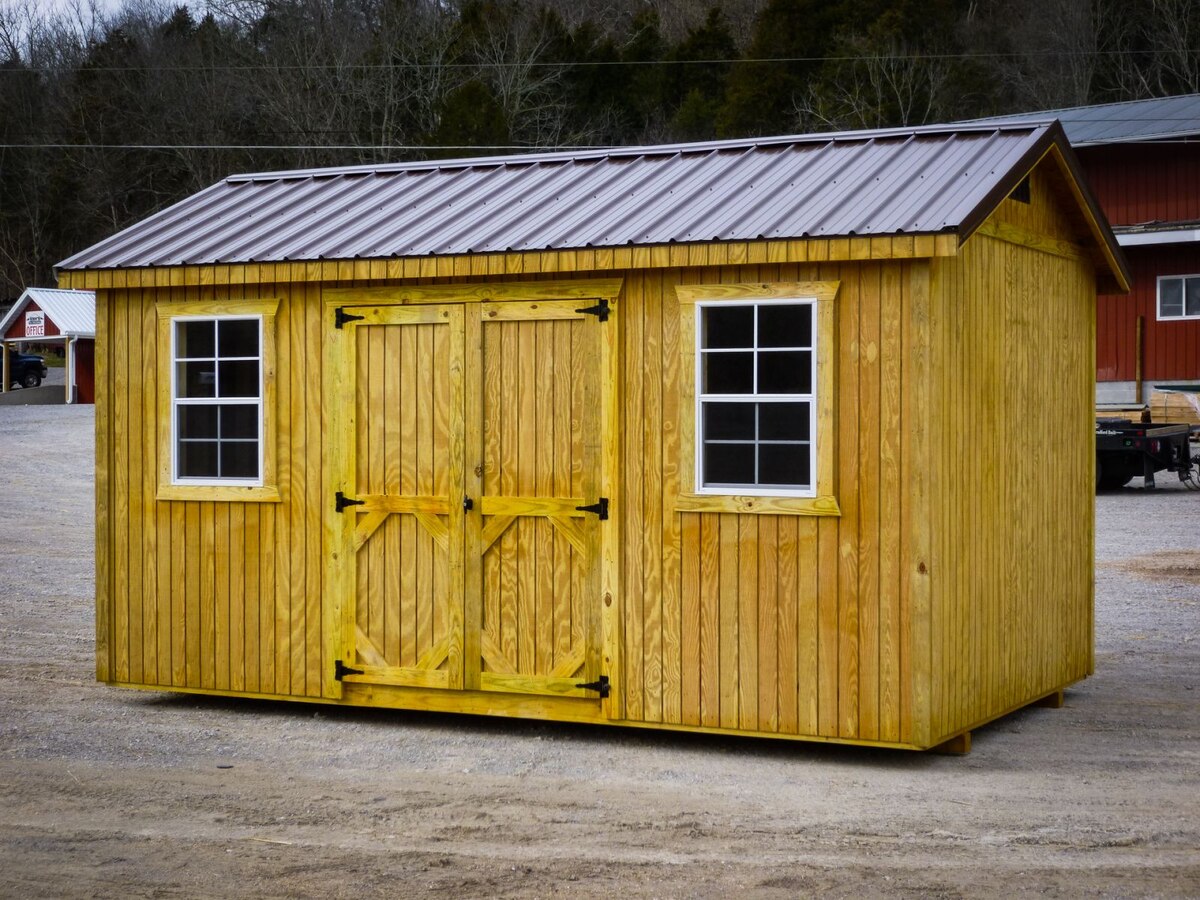
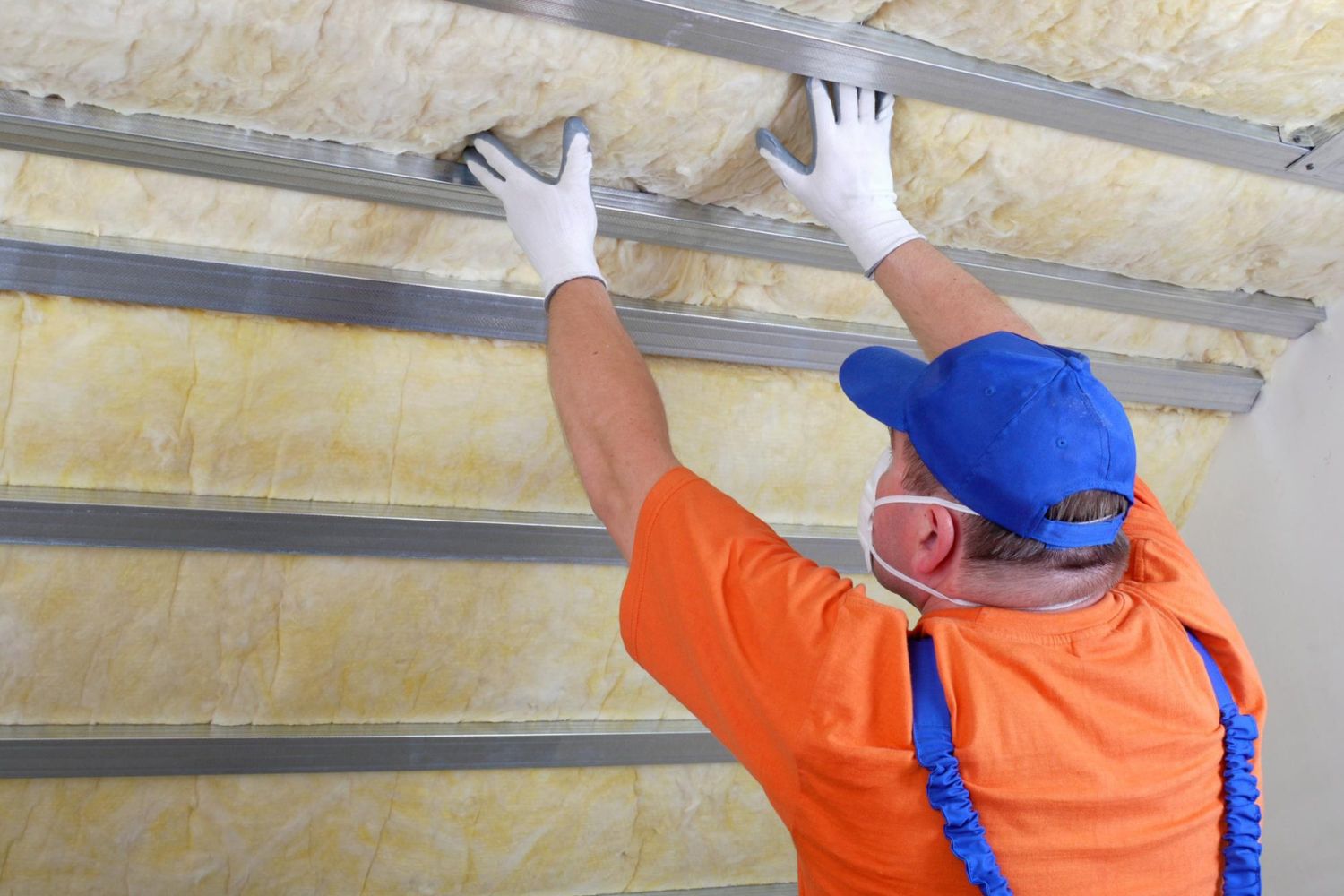
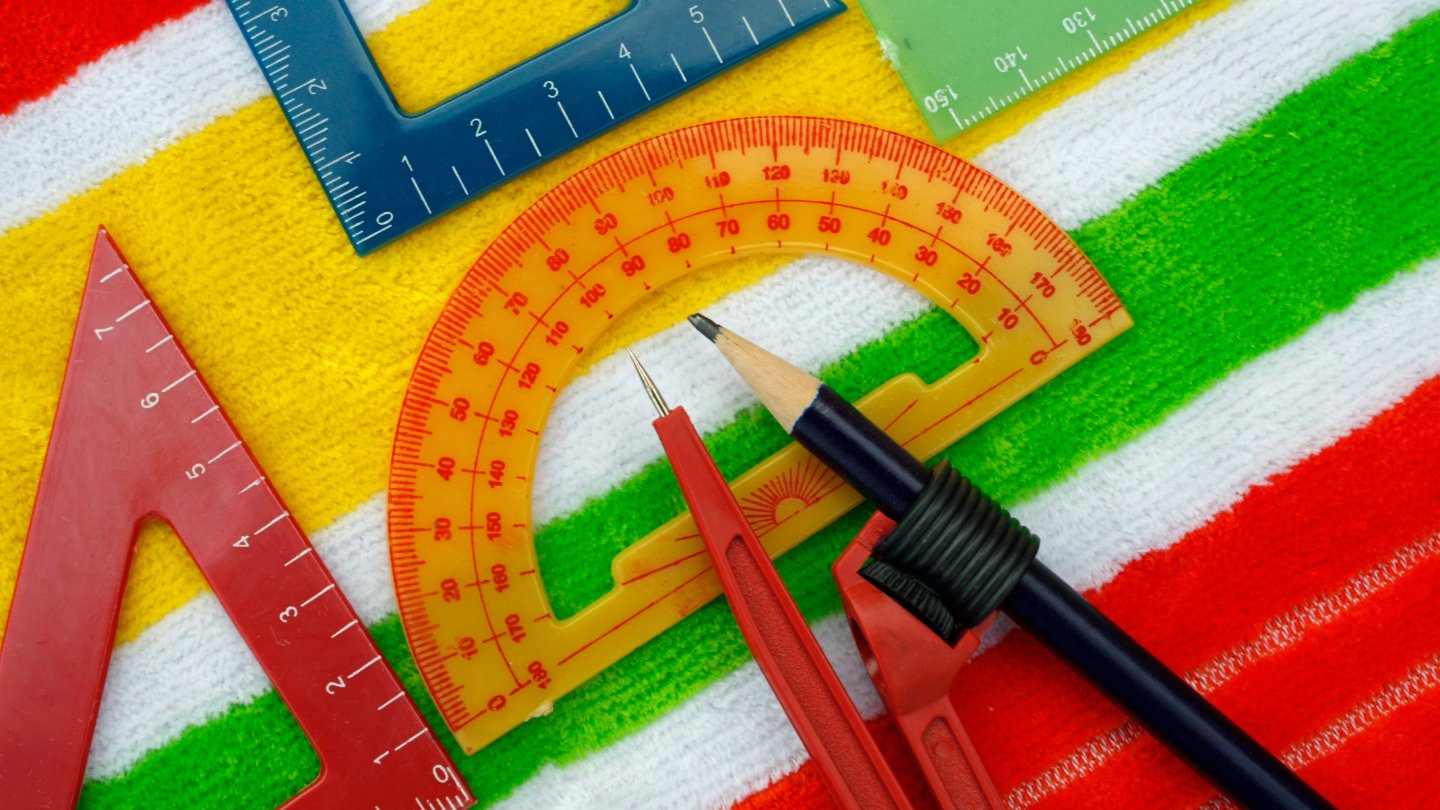
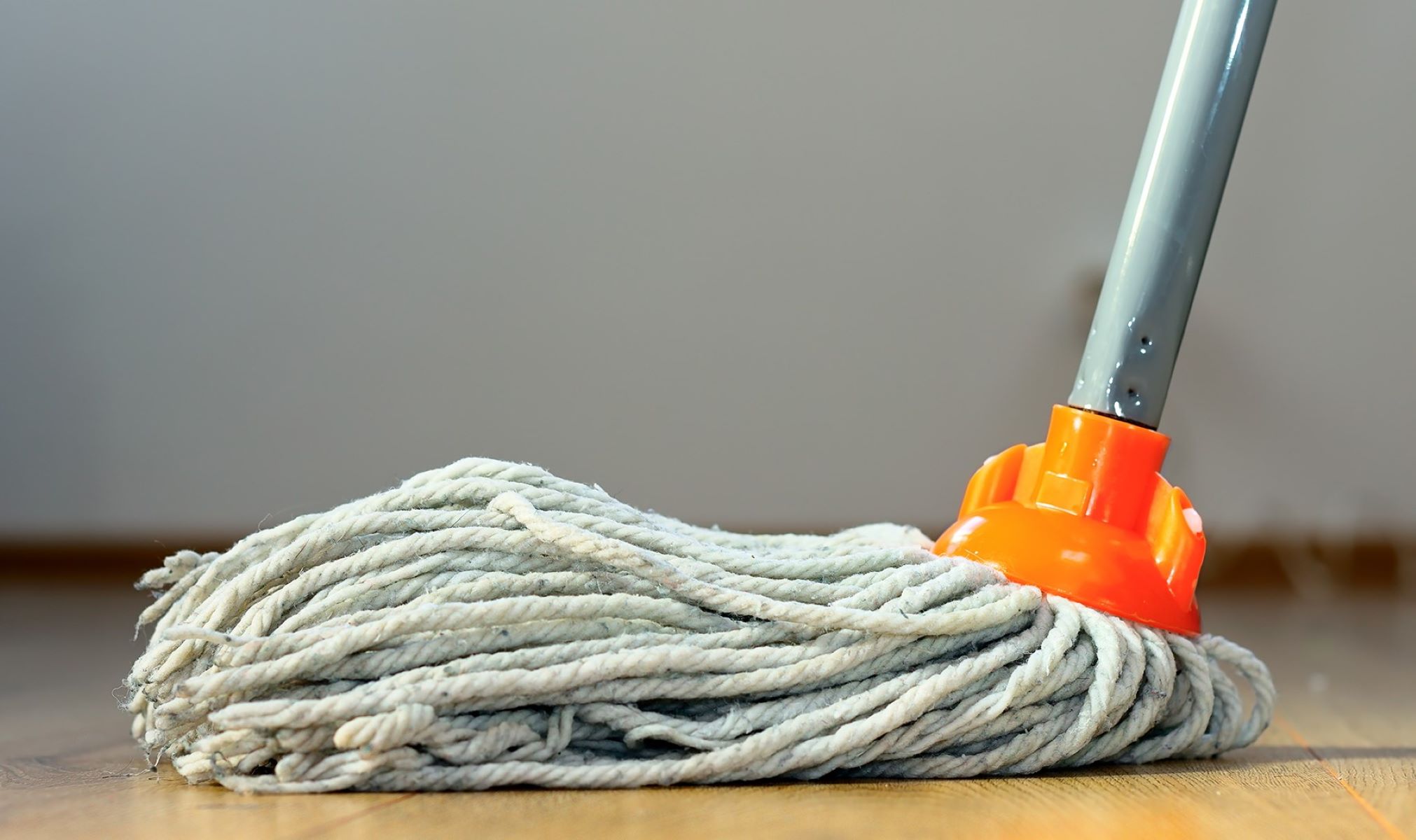





0 thoughts on “What Does Sandpaper Feel Like”